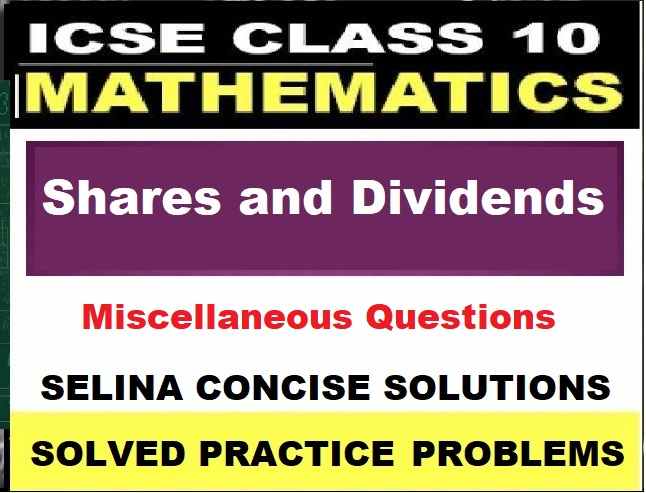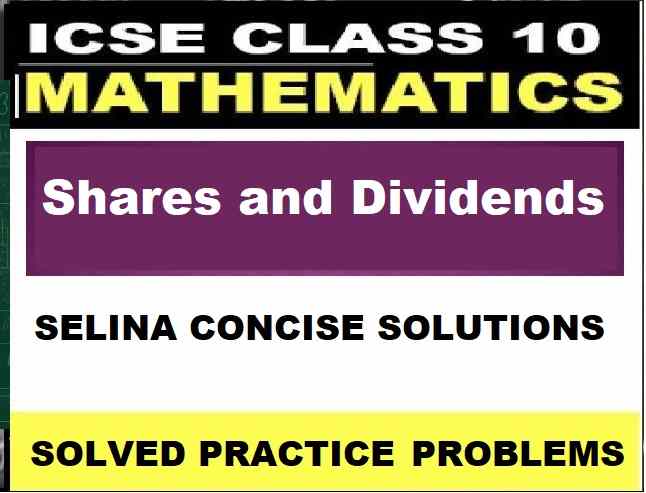Respiratory System Long Answer Biology Class-9 ICSE Selina Publishers Solutions Chapter-14. Step By Step ICSE Selina Concise Solutions of Chapter-14 Respiratory System with Exercise-14 including MCQs, Very Short Answer Type, Short Answer Type, Long Answer Type and Structured/Application Questions Solved . Visit official Website CISCE for detail information about ICSE Board Class-9.
Respiratory System Exe-14 Long Answer Biology Class-9 ICSE Concise Selina Publishers
| Board | ICSE |
| Publications | Selina Publication |
| Subject | Biology |
| Class | 9th |
| Chapter-14 | The Respiratory System |
| Book Name | Concise |
| Topics | Solution of D. Long Answer Type |
| Academic Session | 2023-2024 |
D. Long Answer Type
Respiratory System Class-9 Biology Concise Solutions
Page 157
Question 1.
Differentiate between the following pairs on the basis of the aspect given in the brackets.
(a) Aerobic and Anaerobic respiration (End products of the process)
(b) Respiration and Photosynthesis (Gas released)
(c) Photosynthesis and Respiration (Reactants)
(d) Inspired air and Alveolar air (CO2 content)
(e) Respiration and Breathing (Organs involved)
(f) Tidal volume and Residual volume (Quantity of air )
Answer:
(a) Aerobic respiration :- CO2, H2O, ATP, Heat energy
Anaerobic respiration :- Lactic acid, ATP, Heat energy
(b) Respiration :- CO2
Photosynthesis :- O2
(c) Photosynthesis :- CO2 + sunlight + H2O
Respiration :- Glucose (with or without oxygen)
(d) Inspired air :- 004%
Alveolar air :- 4.00%
(e) Respiration :- lungs, bronchi, alveoli
Breathing :- nasal cavity, trachea, diaphragm
(f) Tidal volume :- 1500 ml
Residual volume :- 500 ml
Question 2.
Give suitable explanations for the following :
(a) Breathing through the nose is said to be healthier than through the mouth.
(b) Why does gaseous exchange continue in the lungs even during expiration?
(c) Why does a person feel breathlessness at higher altitudes?
(d) Why do you shiver and why do your teeth chatter when it is very cold in winter?
Answer:
(a) Breathing through the nose is said to be healthier than through the mouth because the hair present in the nostrils prevent large dust particles from entering inside the respiratory system.
(b) Gaseous exchange continues in the lungs even during expiration because expiration is the result of reverse movements of the ribs and diaphragm. As a consequence of the movements of the ribs and the diaphragm, the thoracic cavity is diminished and the lungs are compressed, forcing the air out into the atmosphere.
(c) At higher altitudes, the oxygen content of the air is low. So, a person feels breathlessness at higher altitudes.
(d) In order to maintain the body temperature constant in very cold conditions in winter, heat production is increased by enhanced metabolic rate and increased muscular activity. Shivering and chattering of teeth involves a lot of muscular activity. That is why we shiver and our teeth chatter in winter in order to increase heat production in the body.
Question 3.
With regard to the respiratory system and the process of respiration in man, answer the following questions:
(a) Name the two muscles that help in breathing.
(b) Briefly describe how the above mentioned muscles help in the inspiration of air.
(c) Give the overall chemical equation to represent the process of respiration in humans.
(d) What is meant by :
- Residual airand
- Dead air space
Answer:
(a)
(i) Abdominal muscles (ii) Intercostal muscles
(b)
(i) The ribs are moved inwards and outwards by the intercostal muscles stretched between them and thereby, enlarges the chest cavity.
(ii) The diaphragm flattens and presses the organs inside the abdomen. When the abdominal muscles relax, the abdominal wall moves outwards.
(c) The overall chemical equation for the process of respiration in humans:
C6H12O6 + 6O2 6CO2 + 6H2O + 38ATP + 420 kcal
(d)
1. Residual air: Some air is a1ways left in the lungs even after forcibly breathing out. This is the left over or residual air. This volume is 1500 mL.
2.Dead air space: Some tidal air is left in the respiratory passages such as trachea and bronchi, where no diffusion of gases can occur. This volume is called dead air space. It is 150 mL.
Question 4.
Starting from the nostrils, trace the path in sequence which the inspired air takes until it reaches the air sacs.
Answer:
Path taken by the inspired air:
Nose Pharynx Larynx Trachea Bronchi
Question 5.
What are the functions of the following in breathing?
(a) Ribs
(b) Diaphragm
(c) Abdominal muscles
Answer:
(a) Ribs: The ribs move inwards and outwards by the muscles stretched between them, thus enlarging the chest cavity all around.
(b) Diaphragm: On contraction, the diaphragm falls or flattens from the dome-shaped outline to an almost horizontal plane and thus, contributes to the enlargement of the chest cavity lengthwise.
(c) Abdominal muscles: Abdominal muscles help to increase the size of the thoracic cavity by the movement of diaphragm and therefore, aids in inspiration.
— : End of The Respiratory System D. Long Answer Class-9 ICSE Biology Solutions :–
Return to Return to Concise Selina ICSE Biology Class-9
Thanks
Please share with your friends


